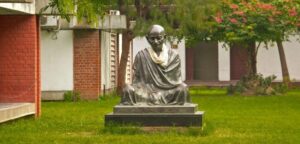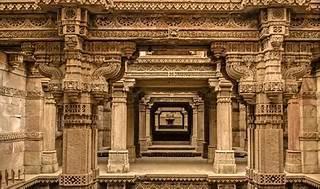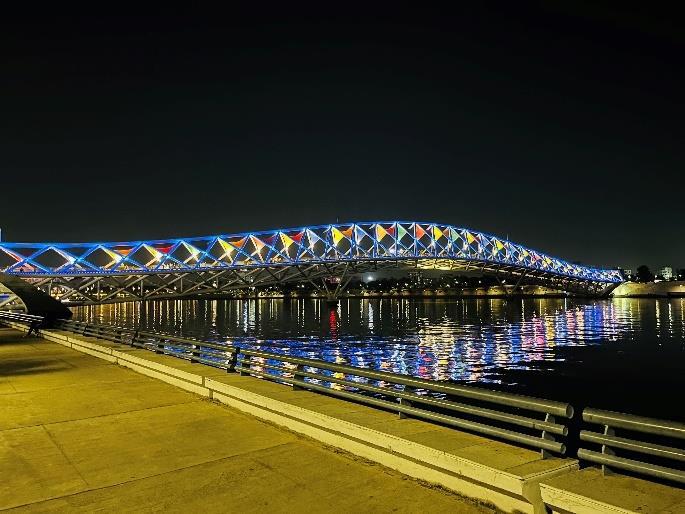- Call Us: +91-9427627625
- Email Us : info@totalkneecare.com
Ahmedabad, also spelled as Amdavad, is a vibrant city in the Indian state of Gujarat. It is a dynamic metropolis with a blend of historical values, traditions, modernity, and economic vitality.
Here are some key points about Ahmedabad:




The Master Class Series aims to bring the top-class science related to healthcare to the doorstep of India and South Asia. From a beginner younger colleague to a master surgeon, Master Class is aimed to have a concept enhancing experience for everyone. The first Master Class was held in 2020 with the title of Master Class on Cartilage Repair by Deepak Goyal, which received a huge response in form of packed halls and in-depth discussions.
We are now happy to bring second season of Master Class which is titled as Master Class on Cartilage Repair-Season II. The highlights of this year’s master class will be presence of over 12 international faculties and over 20 domestic faculties, who are all set to bring the best of the cartilage repair and joint preservation science to you. All our faculties will share their life-time experience on different techniques and surgical options. We further aim to deliberate on all the current available procedures, upcoming technologies including indications, contraindications, surgical technique, literature based/ personal series results and bail-out situations; related to focal chondral defects.
We are also proud to have arranged a dedicated Knee MR Radiology Workshop to improve MRI reading for the cartilage cases. Additionally, there will be an Orthobiologics Workshop to cater to the newly discovered domain of joint preservation and pain relief.
Ahmedabad Healthtech and Innovations Pvt Ltd is a private company that envisages to bring newer technology and science to improve healthcare in India and around the world. The directors of the company welcome newer ideas, innovations and opportunities that can help improve the healthcare in our society.